Seeing life differently: artificial intelligence in the service of biodiversity
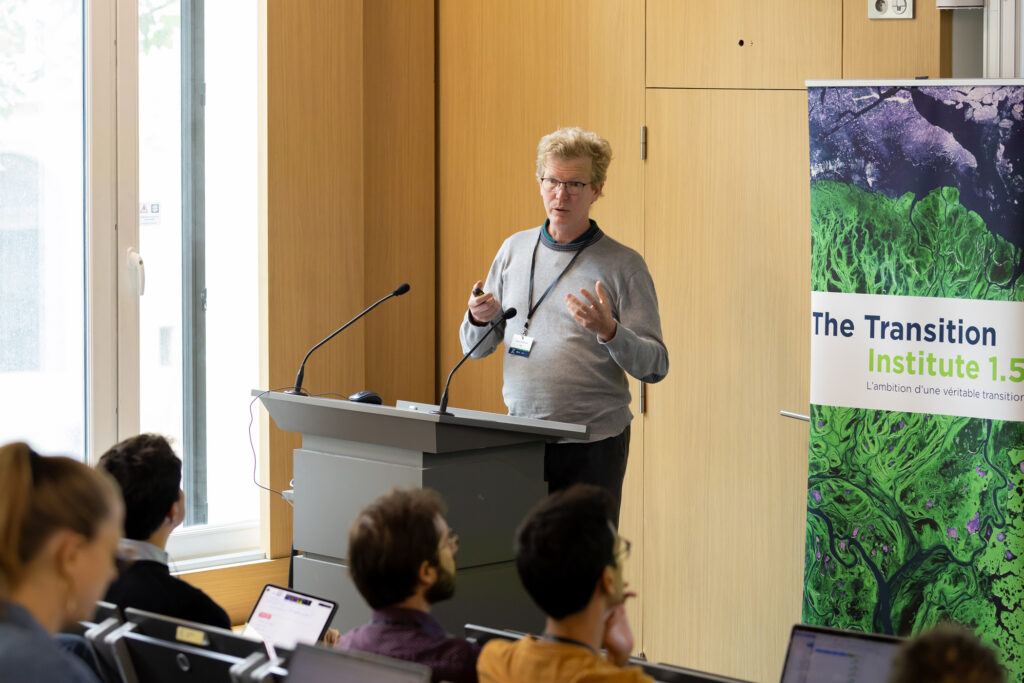

Faced with the collapse of biodiversity, the scientific community agrees on one thing: ecological research must be equipped quickly and effectively to inventory, model, and understand the dynamics of living organisms. This is the context for the work being carried out by Étienne Decencière and his team at the CMM, which is exploring the possibilities of computer vision—a branch of artificial intelligence—to support the ecological transition.
Computer vision is the ability of a computer system to automatically “see” and analyze images. This technology is already used in many fields, including autonomous vehicles, security, and medical imaging. Today, it offers unprecedented potential for the study of biodiversity.
Computer vision has many applications in biodiversity monitoring. Using images from microscopes, fixed cameras, drones, and even radar, algorithms can:
These functions make it possible to obtain large-scale data more quickly and with increasing accuracy. Several concrete examples from work carried out with academic and industrial partners illustrate this potential.
As part of a collaboration with CEREEP – Ecotron Île-de-France (CNRS), a study campaign on 16 artificial lakes collected water samples containing microorganisms. Microscopy was used to generate hundreds of thousands of images. However, classifying them manually is a mammoth task. The CMM’s role is to develop algorithms capable of automatically recognizing different species of plankton, despite their wide morphological variability.
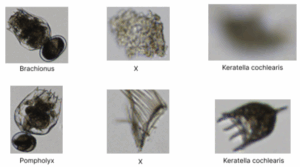
In collaboration with the University of Toulouse, the École Pratique des Hautes Études (EPHE – PSL) and the National Museum of Natural History (MNHN), the aim here is to track individuals in semi-freedom. AI is learning to recognize individuals, a particularly difficult challenge given the slight morphological differences between them. Although the results obtained can be improved, they pave the way for an automated population monitoring approach.
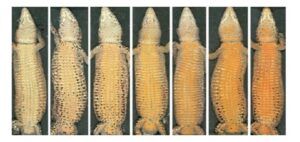
Bumblebees are a valuable indicator of the health of an ecosystem. Some work carried out with the Paris Institute of Ecology and Environmental Sciences focuses on bumblebee wings. The patterns formed by the intersections of the wing veins are specific to each species. By automating the detection of these patterns in images, the identification time is considerably reduced. With a success rate of 97%, this method could support many pollinator monitoring programs.
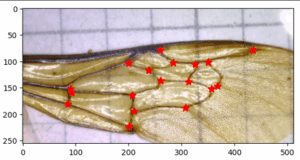
With EDF, acoustic cameras (similar to medical ultrasound) are placed near rivers to track the migration of salmon and eels. Analysis of the videos makes it possible to identify species based on their movements. A thesis is planned to further develop this approach.
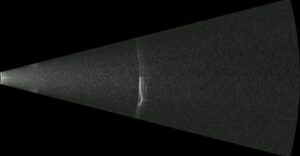
Despite these advances, many technical challenges remain:
These obstacles are at the heart of the discussions with the partners of the AI4Biodiversity chair, which aims to make these tools accessible to businesses as well, with a view to achieving societal and environmental impact.
All of this work is part of a resolutely interdisciplinary approach. At the intersection of biology, ecology, computer science, engineering, and mathematics, it mobilizes a large network of partners.
It is precisely this cross-fertilization that TTI.5 promotes: thinking together, with rigor and imagination, about systemic responses to the climate emergency. Thanks to computer vision, Mines Paris – PSL is helping to renew our view of living organisms and make the complexity of the natural world visible, measurable, and understandable.
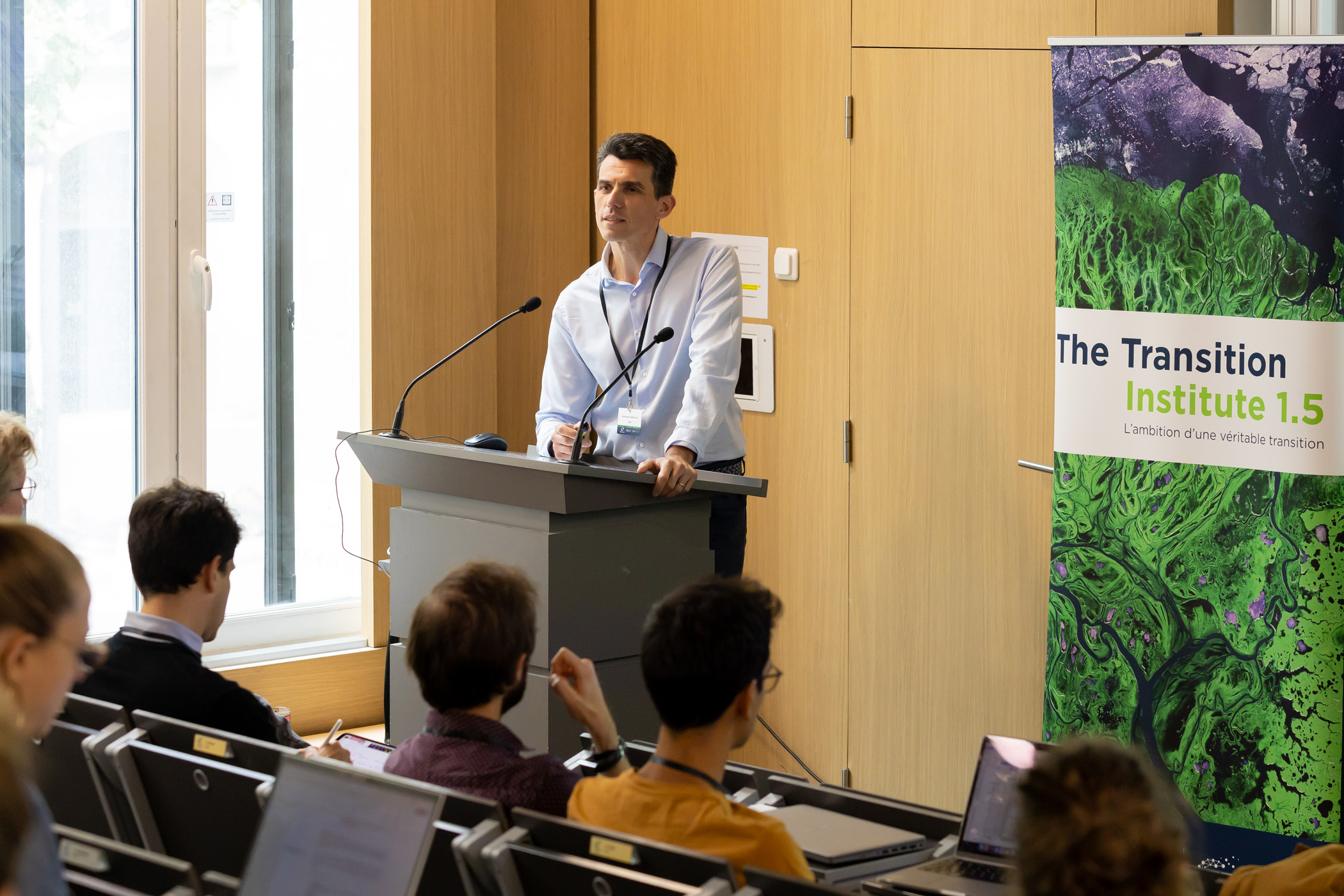
How can we understand, measure, model, or support the dynamics of life in a changing world? In the face of climate and ecological upheaval, these ques...